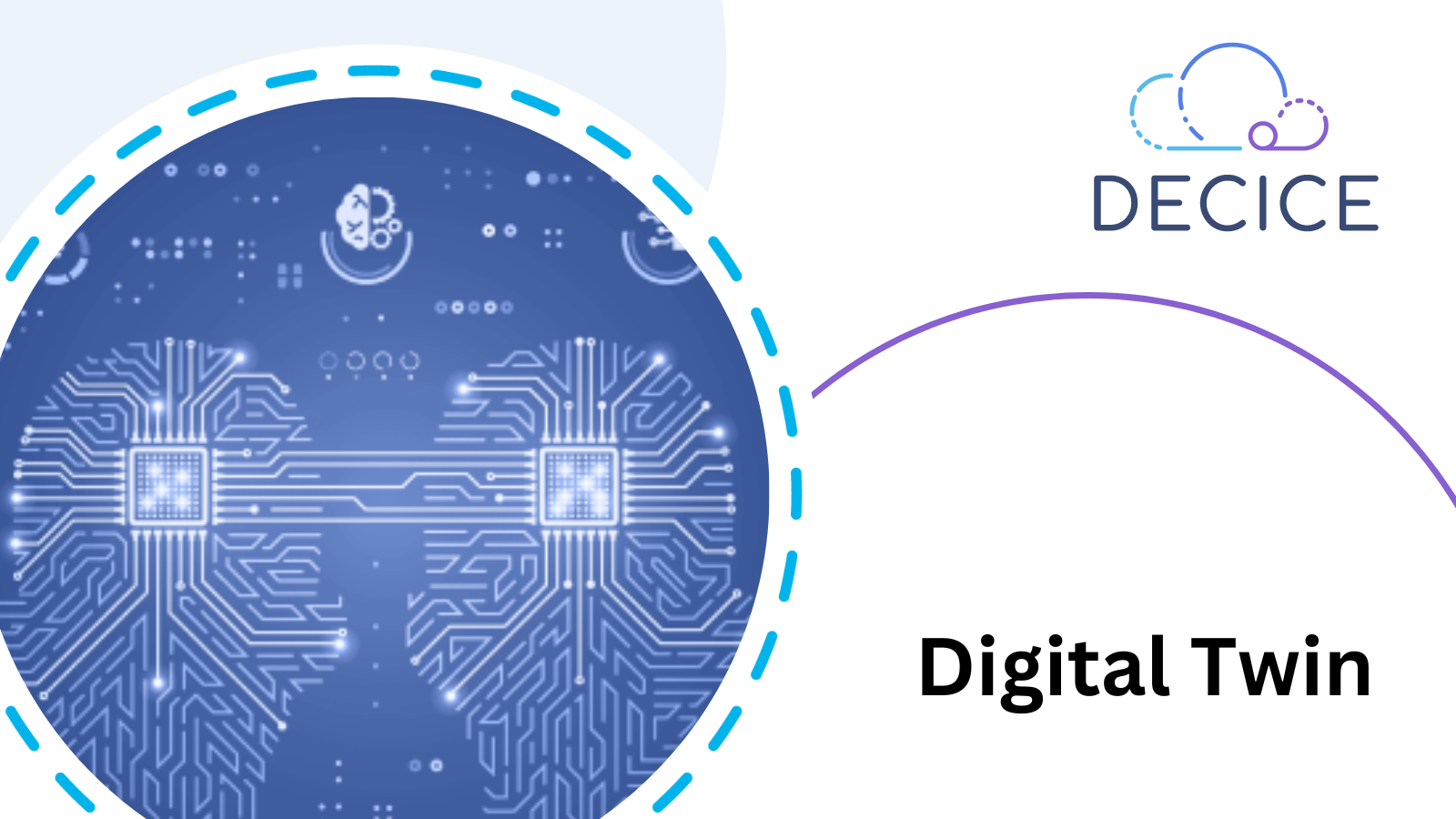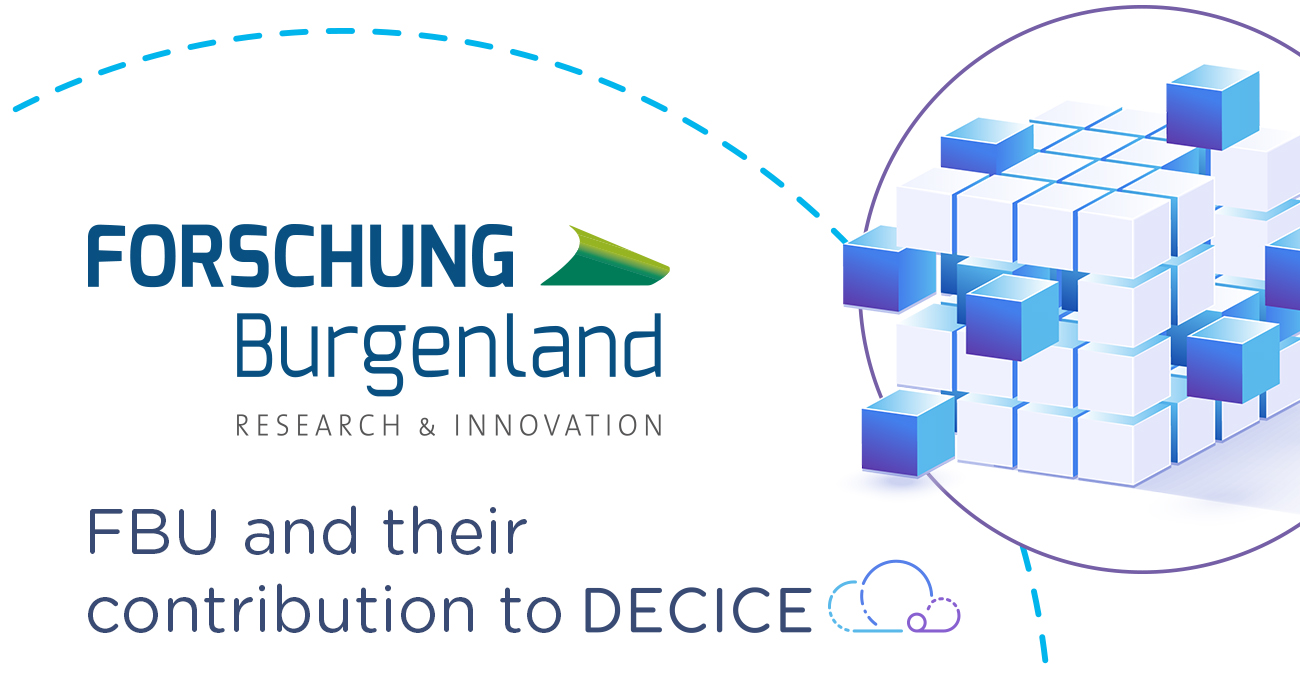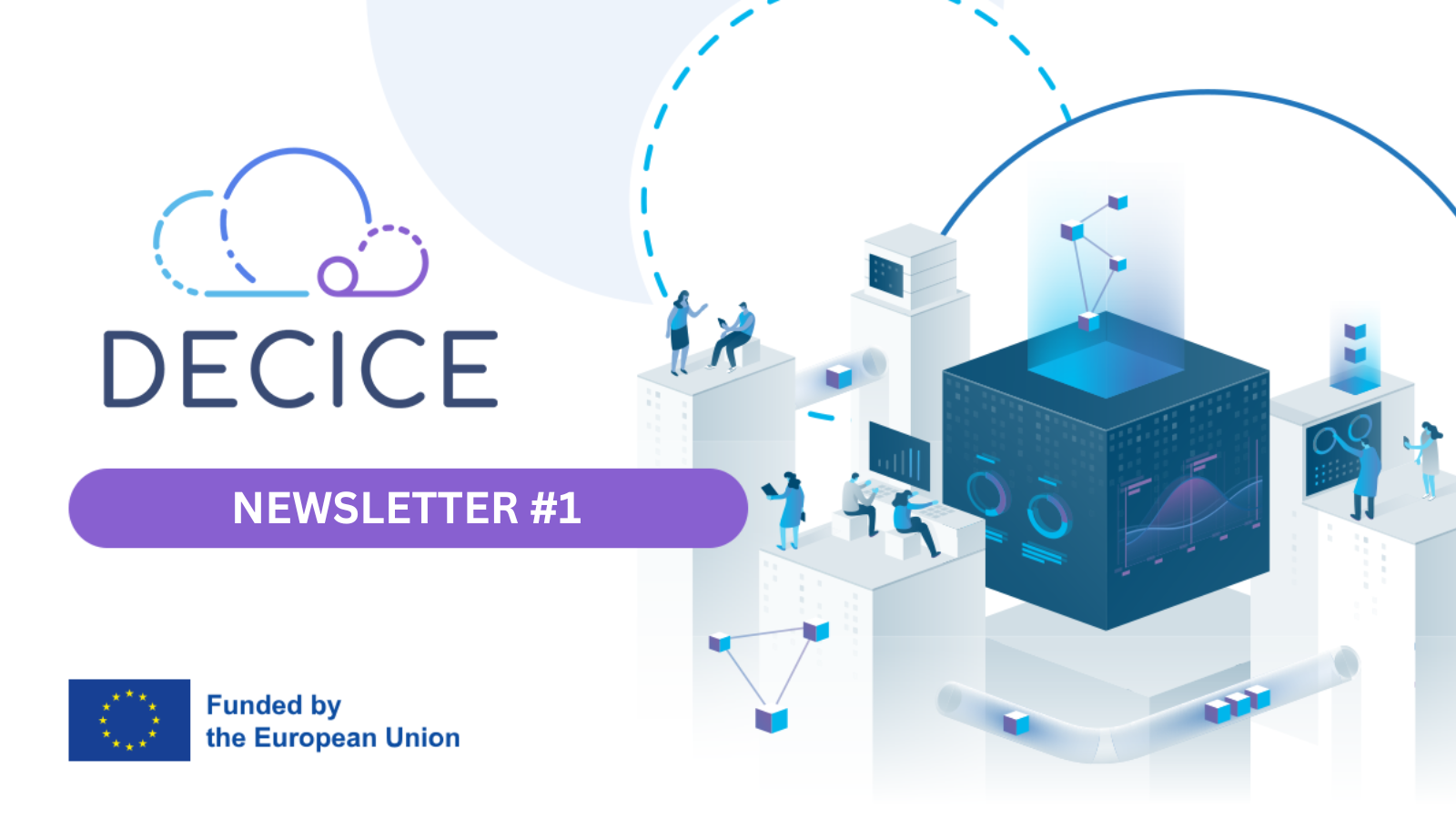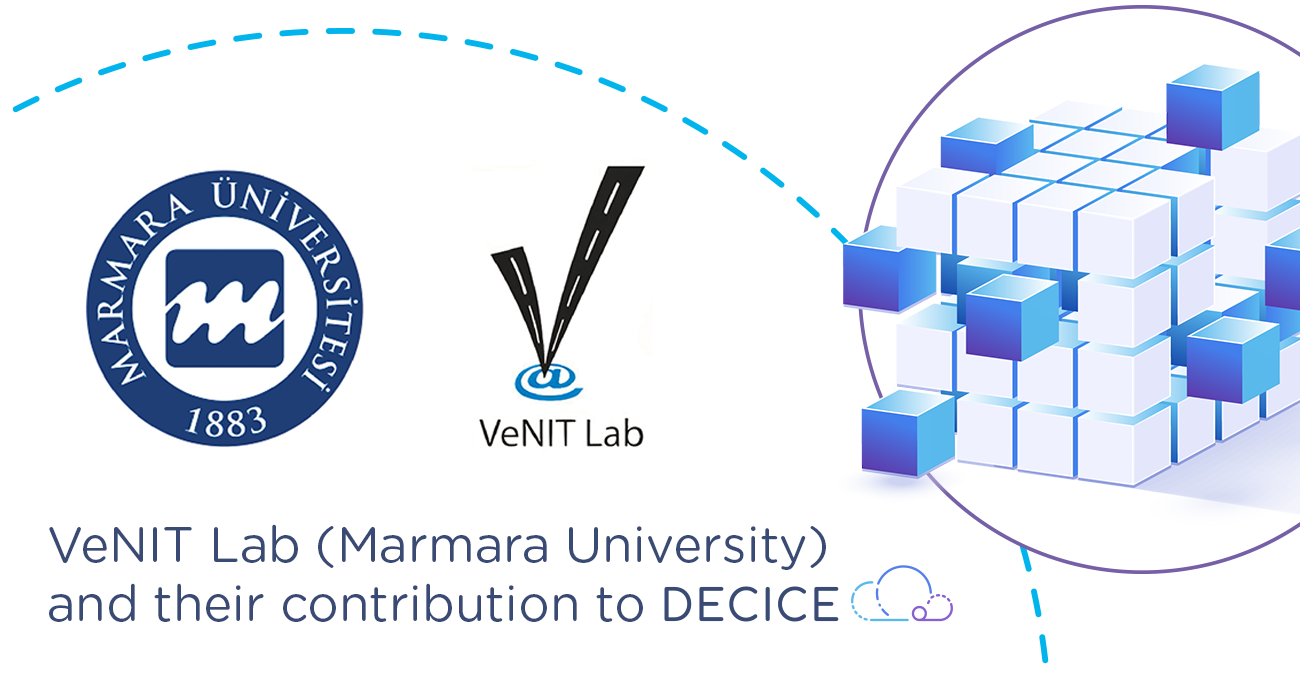
Digital Twins and Future e-Infrastructures
Digital Twins (DT) is a concept that receives increasing attraction. During recent years, the number of publications mentioning this term has been exploding. For a long time, this development has been mainly driven by industry, where DTs have been identified as a useful tool for product life cycle management, in particular for the development and product maintenance phases. This use of DTs led to the widespread view that DTs provide virtual entities that replicate physical entities in a rather tangible manner. To use the concept of DTs also in other areas, e.g. computer systems and e-infrastructures, a different view is important: DTs are about twinning a physical entity with one or more virtual entities. The latter are models that (like other models) are typically truncated, distorted, idealised, and serve different purposes. A key difference between just developing models and developing DTs is the coupling between the physical entity and the virtual entities. Therefore, the question of what information is provided from the physical to the virtual entities and vice versa is crucial. In the past, many models of computer architectures and e-infrastructures have been developed. For this effort, increasingly Machine Learning (ML) methods have been used. These models serve different purposes, like the classification of jobs, the prediction of system load, or the forecast of system failures. Within the DECICE project, we are currently exploring, how these models can be twinned to e-infrastructures comprising cloud and various edge resources.
Author: Dirk Pleiter
Links
Keywords
Digital Twin, DT, machine learning, ML, e-infrastructure, cloud, edge


